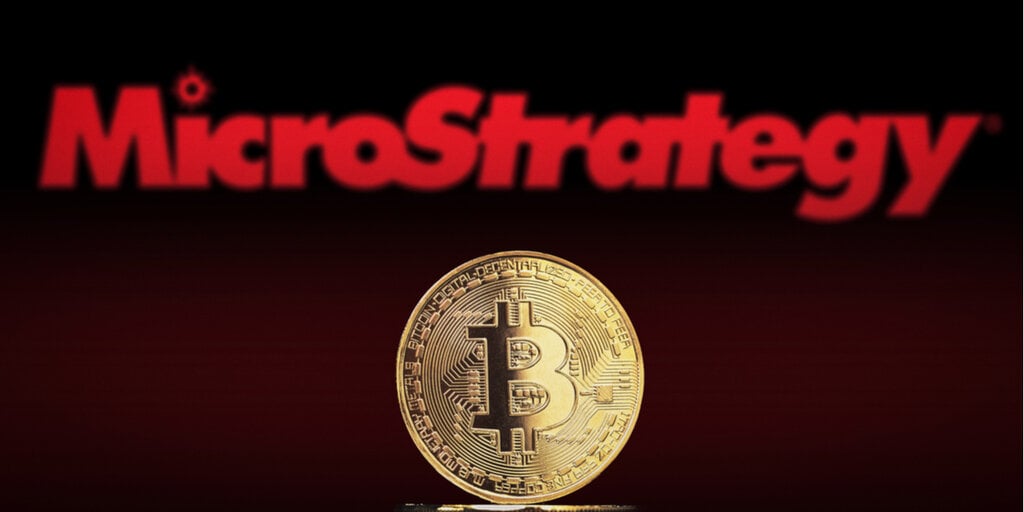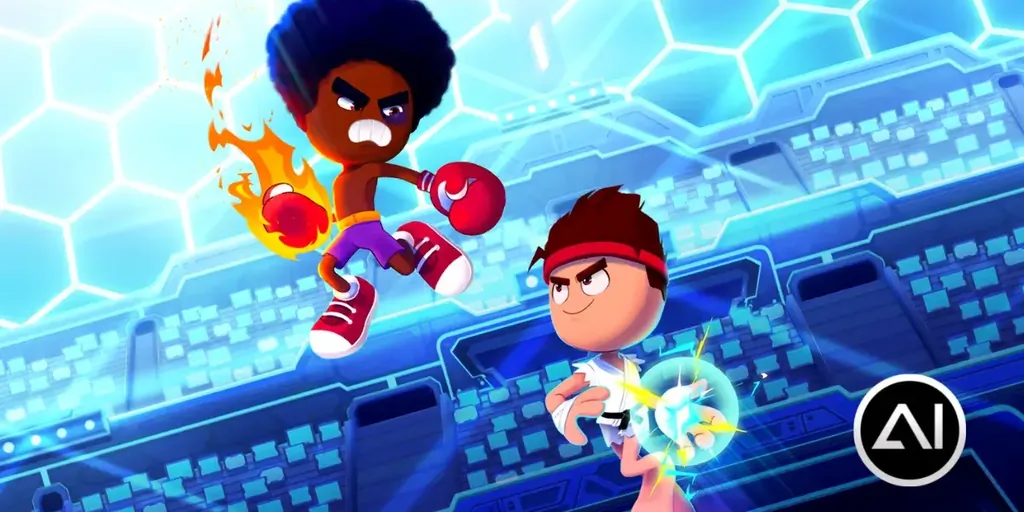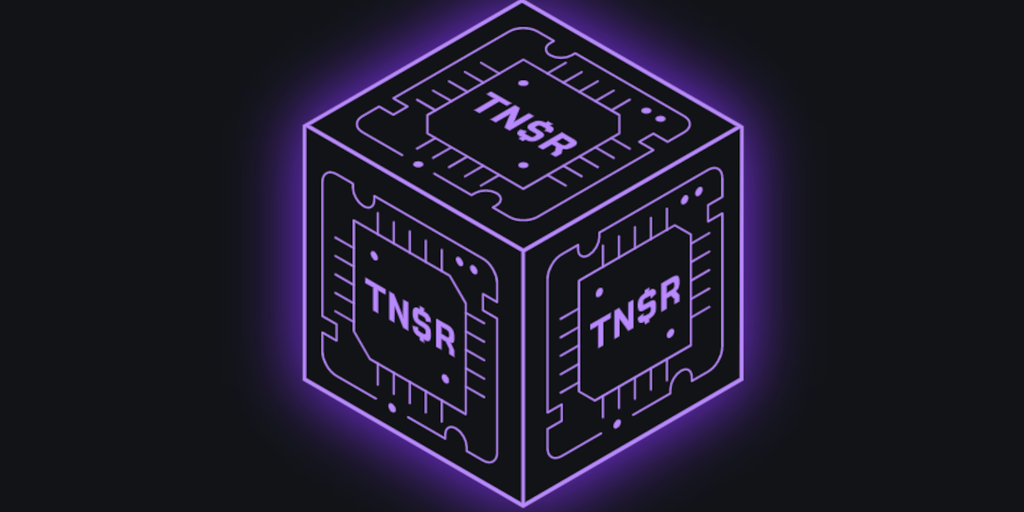Following hints that MicroStrategy would be involved in Bitcoin software development at the start of the Ordinals craze last summer, the company this week announced MicroStrategy Orange, a decentralized identity (DID) platform. This broad concept has applications for fighting social media bots and spam, authenticating documents, and protecting medical records.
When the proposed spec for Orange was released on GitHub, it received a mixed response from Crypto Twitter, in part due to the technical complexity of the plan. Here’s a basic primer on the proposed digital identity system and how it connects to Bitcoin.
What is MicroStrategy Orange?
MicroStrategy Orange is a Bitcoin-based distributed identity (DID) system introduced by MicroStrategy co-founder and chairman Michael Saylor and vice president of engineering Cezary Raczko at the annual MicroStrategy World conference on May 1.
MicroStrategy Orange is an attempt to promote decentralized identities that are immutable or permanently fixed. These identifiers provide a way for individuals to control and verify their identity without relying on a central authority.
How are oranges used in real life?
MicroStrategy said the potential of MicroStrategy Orange and Bitcoin’s decentralized identifiers could also be used to verify users in social media applications or authenticate text messages or medical records.
For example, a social media app can verify a user’s DID on the Bitcoin blockchain and display an “orange check” to other users. Alternatively, the metadata of medical records – perhaps a hash of the contents at a fixed point in time – could be stored in Bitcoin and used to authenticate the owner and ensure that they have not been modified. Public records such as land and home deeds can also be recorded on the Bitcoin blockchain.
What is DID:BTC and how does Bitcoin fit into it?
By building a decentralized identity system on Bitcoin, called DID:BTC, users can benefit from the strong security of the Bitcoin blockchain and a global decentralized network.
According to MicroStrategy, DID:BTC uses a modified version of the Ordinals inscription. Introduced in January 2023, Ordinals inscriptions are digital assets (images, text, music, video) that are “engraved” into individual satoshis, the smallest denomination of Bitcoin.
For MicroStrategy Orange, the inscription space is used to store DID-related data and updates. This identity, authentication and verification information is separate from other digital data (such as images or documents) stored elsewhere.
As a result, DID authentication files can be created and updated without size or content restrictions and can take advantage of the cost-saving mechanism introduced by the Bitcoin network’s Segregated Witness (SegWit) protocol.
Launched in 2017, SegWit increases Bitcoin’s block capacity by separating signature data from transaction data, reducing transaction size and increasing scalability.
What does the proposed DID:BTC specification tell us?
A preliminary draft of the Bitcoin Orange plan has been published on GitHub to allow for public scrutiny, comment, and ultimately inline discussion and collaborative editing. Although largely technical, it covers several key topics, including how data is formatted in Bitcoin inscriptions and the implications for privacy.
For example, the specification allows updates to the on-chain DID:BTC identifier. The original DID identifier cannot be changed, but the content and keys associated with it can be modified.
DID:BTC identifier updates are made using JSON, a standard format for data exchange.
Meanwhile, if an ID needs to be removed, MicroStrategy said it can be deactivated “using” the identifier DID:BTC. This means setting a flag using the remaining UTXOs (unspent transaction outputs).
What are critics saying about MicroStrategy Orange?
Reactions to MicroStrategy’s announcement were mixed on Crypto Twitter, with some Bitcoin enthusiasts saying DID data is not welcome on the blockchain that dominates the world. This is a similar reaction to the rise of the Ordinals inscription along with the Bitcoin meme coin through the BRC-20 and Runes token standards.
Taproot Wizards CEO Udi Wertheimer joked that the “laser-eyed Maxis” who backed Saylor’s massive Bitcoin purchase are in complete disarray because “their lord and savior” has brought “institutional-grade spam” to the blockchain.
“I don’t like shitcoin at all, but if you close your eyes this speech sounds like it came from the US government,” one post said, while another called Sailor a “feeding boy.”
“What is this, this dog’s vomited garbage? no. Never. no.” Someone else answered.
Bitcoin advocate and venture capitalist Preston Pysh pointed out that Saylor honed the commercial significance of the Ordinals inscription as soon as it appeared.
When will Orange be available?
MicroStrategy did not say when the Orange protocol would be released online, noting that the information posted on GitHub was an unofficial early draft. Even if finalized, it is unknown whether other Bitcoin projects, cryptocurrency platforms, or apps will utilize it.
Editors: Ryan Ozawa and Andrew Hayward
Stay up to date with cryptocurrency news and receive daily updates in your inbox.





